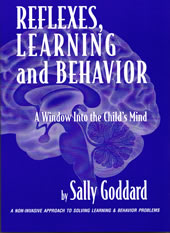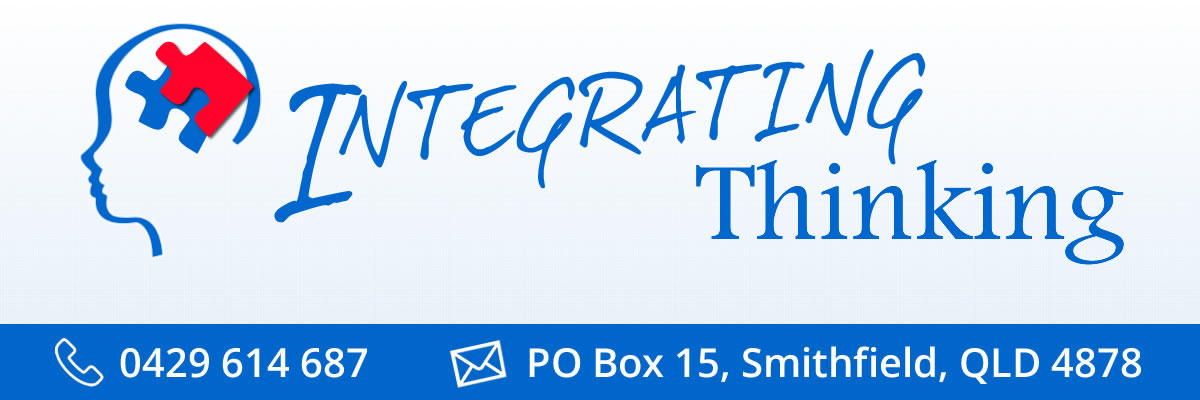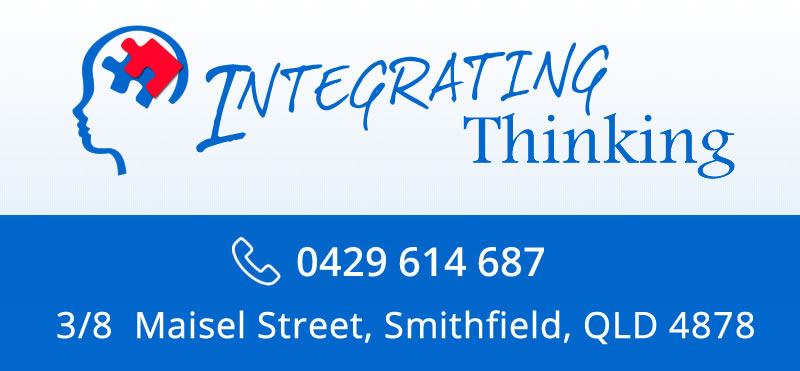Book Shop
“Reflexes Learning and Behaviour” by Sally Goddard Blythe (2005).
NEW & UNUSED copies are available for a SPECIAL PRICE

NOW SOLD OUT
A limited number of copies are available.
“Reflexes Learning and Behaviour” is a key text for learning about and understanding primitive and postural reflexes and their impact on learning and function.
“Reflexes Learning and Behaviour” (2005,) published by Fern Ridge Press, is currently out of print and difficult to find.
A new edition of this material published by Hawthorn Press is due to be released in May 2023.



